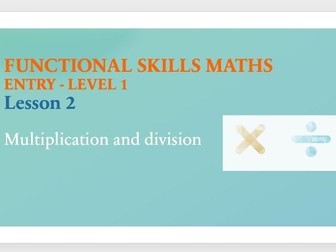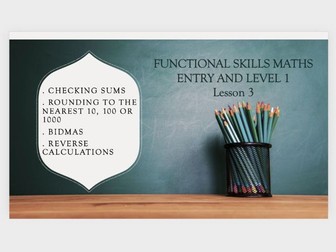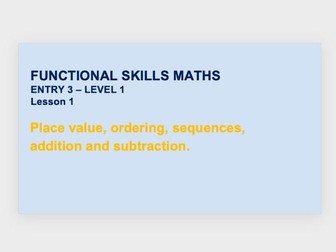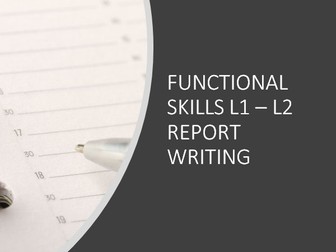Functional Skills Maths Multiplication, Division - Entry and Level 1 - Lesson 2
<p>“I have been in the education sector since 2011 delivering Functional Skills, GCSE and ESOL classes, working in a variety of different sectors from private education companies, academies, private schools, summer schools to colleges.<br />
I have successfully worked with a diverse range of learners with different abilities and ages from children, young adults to adult learners. Through my journey in teaching, I have gained great understanding of the difficulties and challenges students can face in their learning.”</p>
<p>This lesson slides designed for mixed ability Entry and Level 1 Functional Skills Learners. It is Lesson 2, covering number topic Multiplication and Division. It starts with starter activity both for Entry and Level 1 learners.</p>
<p>Lesson Objectives<br />
. Use a reliable method for multiplying numbers to complete 1 exam style question<br />
. Use a reliable method for dividing numbers to complete 1 exam style question</p>
<p>It has clear explanations of methods with examples and past exam questions. It covers 2 digits and 3 digits multiplication and 2 digits and 3 digits division with remainders and decimals. Finally, it covers multiplication and division with powers of tens.</p>
<p>It breaks it down to small steps to make sure it meets different learning styles.<br />
It designed to leave learners feel confident with the topic and exam style questions the end of the lesson.</p>




